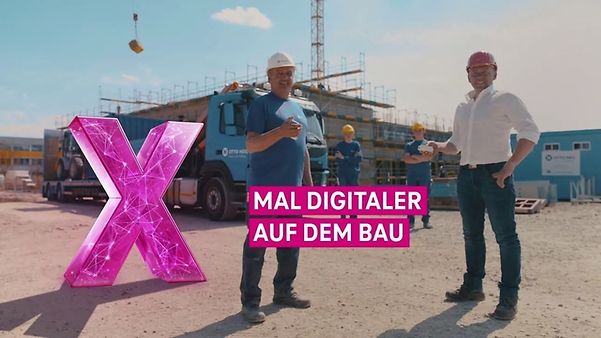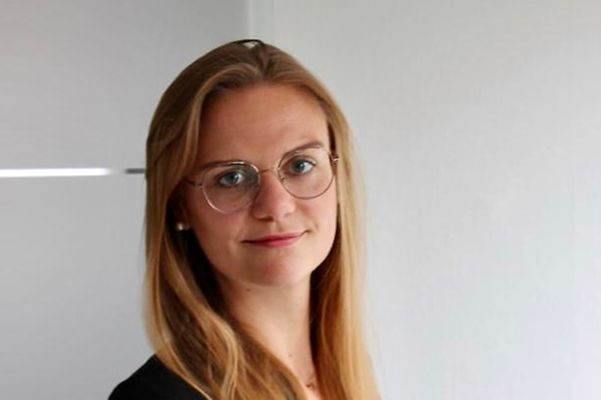Otto Heil contacted Deutsche Telekom with a view to gaining a constant overview of the location of its tools and equipment on construction sites and in its own construction yard. The two companies developed a location solution based on a combination of the Internet of Things (IoT), Bluetooth beacons and a mobile app. Otto Heil attaches the beacons – tiny transmitters – to its tools, construction machinery and shell elements. Via Bluetooth Low Energy (BLE) they automatically send details of their location to the smartphones of site foremen and managers as soon as they are in the vicinity. In the app employees can then see with ease the deployment location of each registered device on a map. The app was developed by Deutsche Telekom partner Syfit. As the Bluettoth beacons are connected not only with smartphones but also with the cloud, employees on other sites or in Admin can access location data at all times. That makes planning perceptibly easier.
Employees are not always around on-site with smartphones to register BLE signals from beacons, however. To ensure, for example, that workshops do not become digital blind spots, Deutsche Telekom installs stationary hubs there. They receive Bluetooth beacon data and send it via a network connection to the cloud. Depending on the location, WiFi or LTE can serve the purpose.
Beacons are available for the construction company in different sizes that are suitable for construction machinery and for smaller tools. In particular, BLE technology requires very little power and Bluetooth transmitters’ batteries are guaranteed to run stably for years. And thanks to IP69k certification the beacons are shock-resistant and unaffected by dirt, damp, heat or frost. Otto Heil uses NFC tags on small devices for which the use of Bluetooth beacons would be uneconomical.
Beacons are available for the construction company in different sizes that are suitable for construction machinery and for smaller tools. In particular, BLE technology requires very little power and Bluetooth transmitters’ batteries are guaranteed to run stably for years. And thanks to IP69k certification the beacons are shock-resistant and unaffected by dirt, damp, heat or frost. Otto Heil uses NFC tags on small devices for which the use of Bluetooth beacons would be uneconomical.


